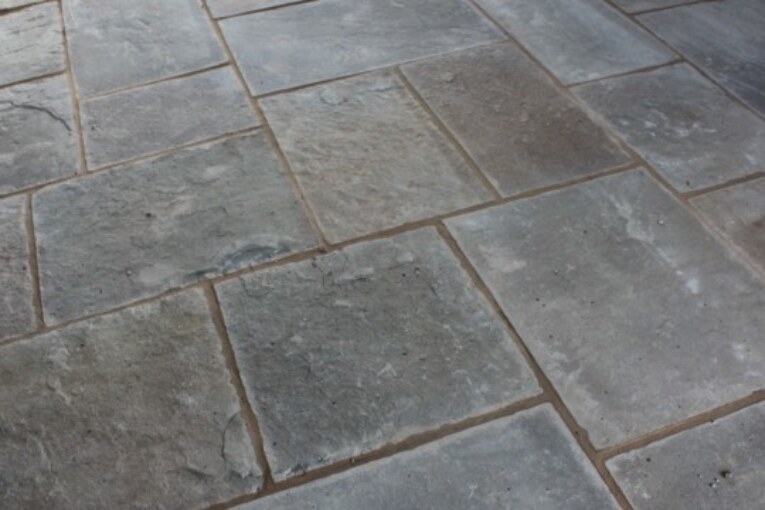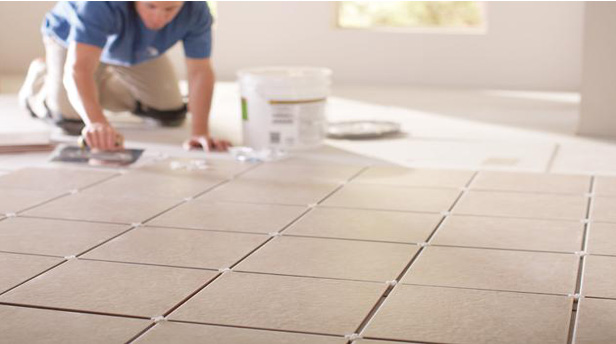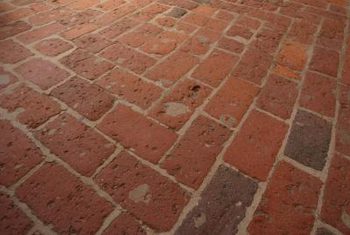
Introduction
- The purpose of a floor is to provide a level surface capable of supporting the occupants of a building, furniture, equipment and sometimes internal partitions.
- To perform this function and in addition, others which may vary according to the situation of the floor in the building and the situation of the floor in the building and the nature of the building itself.
Selection of Flooring Material
- Initial Cost
- Appearance
- Cleanliness
- Durability
- Damp resistance
- Sound insulation
- Thermal insulation
- Smoothness
- Fire resistance
- Hardness
- Maintenance
Types of Flooring
- Mud Flooring
- Muram Flooring
- Brick Flooring
- Flag Stone Flooring
- Cement Concrete Flooring
- Terrazzo Flooring
- Mosaic Flooring
- Tiled Flooring
- Marble Flooring
- Wooden Flooring
- Rubber Flooring
- Cork Flooring
- Glass Flooring
- Plastic or P.V.C. Flooring
Mud Flooring
- Mud flooring are cheap, hard, fairly impervious, easy in construction and easy in maintenance.
- Mud flooring remain warm in winter and cold in summer and hence are most suitable for places where the temperature is extreme during these seasons.
- Upon the prepared bed, a 25cm thick layer of selected moist earth is evenly spread out and is rammed well so as to get a consolidated thickness of about 15cm.
Muram Flooring
- Any disintegrated rock is called as Muram. Muram floors are constructed in India because of the same reasons as that of mud floors.
- To construct such a floor, a 15 cm thick layer of muram is laid over prepared sub grade.
- The surface is well-compacted under the feet of workmen till the cream of muram rises to top.
Brick Flooring
- This forms the base course, over which bricks are laid flat on 12 mm thick mortar bed in such way that all the joints are full with mortar.
- This flooring is specially suited to ware-house, stores, go-downs etc.
Flag Stone Flooring
- The flag stones are then laid over 20 to 25 mm thick layer of bed mortar.
- In laying the slabs, work is started from two diagonally opposite corners & brought up from both sides.
Cement Concrete Flooring
- This is commonly used for residential, commercial & even industrial buildings.
- It is moderately cheap, quite durable and easy to construct.
- When base concrete has hardened, its surface is brushed with stiff broom & cleaned thoroughly.
Terrazzo Flooring
- Terrazzo is special prepared concrete surface containing cement and marble chips in proportion to 1:2.
- It is widely used in residential buildings, hospitals, offices, schools and other public buildings.
Mosaic Flooring
- It is made of small pieces of broken tiles of china glazed or of cement or of marble arranged in different pattern.
- Thereafter small pieces of broken tiles are arranged in definite patterns and hammered into cementing layer.
Tiled Flooring
- These are commonly used in residential flooring, offices, hospitals, schools and other public buildings.
- Over the concrete base, a 25 to 30 mm thick layer of lime mortar 1:3 is apread to serve as a bedding.
Marble Flooring
- The base concrete is prepared in the same manner as that of concrete floor.
- Over the base concrete, 20 mm thick bedding mortar of either 1:4 cement-sand mix is spread under the area of each individual slab.
- The marble slab is then laid over it, gently pressed with the wooden mallet and leveled. The paved area is properly cured for about a week.
Wooden Flooring
- It is used for carpentry halls, dancing halls, auditorium etc.
- One of the major problems in timber flooring is the damp prevention.
Rubber Flooring
- It consists of sheets or tiles of rubber in variety of patterns and colours with thickness varying from 3 to 10 mm.
- Rubber flooring are resilient and sound proof, however they are costly.
- They are used only in office and public buildings.
Cork Flooring
- It is perfectly noise less and used in libraries, theatres, are galleries, broadcasting stations, etc.
- It is fixed to concrete base by inserting a layer of saturated felt.
Glass flooring
- Structural glass is available in the form of tiles in thickness varying from 12 to 30 mm.
- Glass flooring is very costly and it is not used commonly.
Plastic or P.V.C. Flooring
- It is made up of plastic material called poly-vinyl-chloride (PVC) fabricated in the form of tiles of different sizes and different color shades.
- These tiles are nor widely in residential as well as non-residential building.
- It is resilient, smooth, good looking and can be easily cleaned.
















